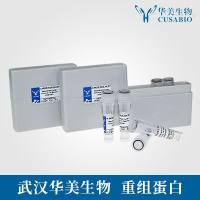Analysis of the Structure of the Ruminant Placenta: Methods of Fixation, Embedding, and Antibody Localization at Light and Electron Microscope Levels
互联网
308
The basic structure of all ruminant placentas described so far is cotyledonary (or placentomal), with local proliferations of apposed fetomaternal membranes forming placentomes that are linked by flat interplacentomal areas. In vivo, the placenta consists of an intimate apposition of trophoblast to uterine epithelium or derivative, with interdigitation of microvilli on both sides. Any separation of these two surfaces is an artifact of preparation except in hemophagous zones, where maternal blood is released between the surfaces and phagocytosed by the trophoblast.









